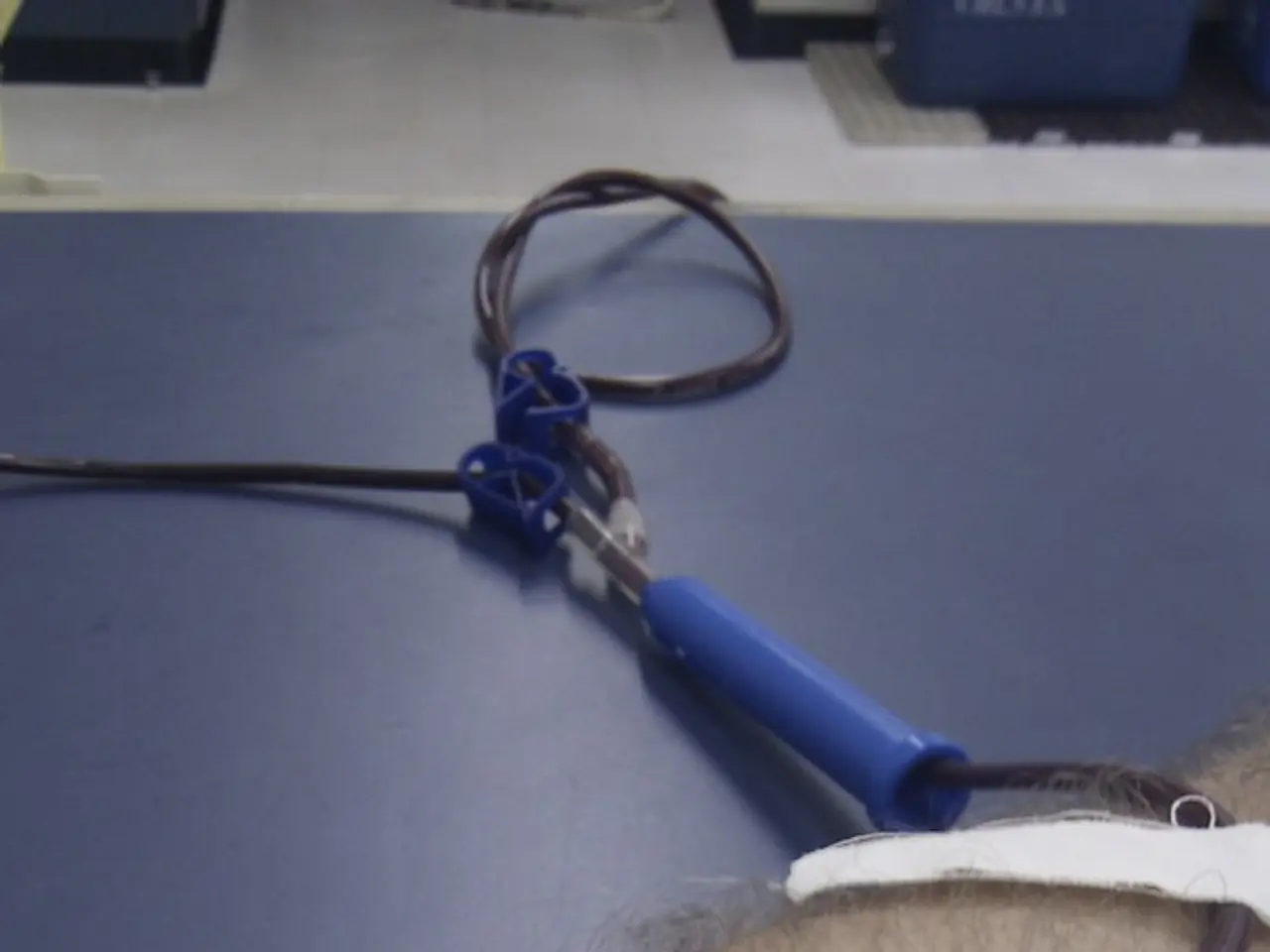Duration of Tuberculosis: Timeframes for Active and Latent Phases
Tuberculosis (TB), a bacterial disease caused by Mycobacterium tuberculosis, continues to pose a significant health challenge worldwide. The World Health Organization (WHO) has recently introduced a new treatment regime for Multidrug-Resistant Tuberculosis (MDR-TB), a form of the disease that does not respond to the two most effective first-line antibiotics: rifampin and isoniazid.
The new regime, called BPaLM, is a shortened, fully oral combination regimen that includes Bedaquiline, Pretomanid, Linezolid, and Moxifloxacin. The WHO recommends a minimum duration of six months for MDR-TB treatment. For pre-XDR and XDR-TB, individualized therapies, usually lasting 18 months, guided by resistance testing are advised.
Treatment for TB involves antibiotics, including rifampin, isoniazid, ethambutol, pyrazinamide, and moxifloxacin. Antibiotic treatment for TB is only effective if taken daily for the entire course. It is crucial to follow the prescribed treatment plan to ensure the bacteria are completely eliminated.
Inappropriate treatment of MDR-TB can lead to death. Therefore, the WHO's new regime may help shorten treatment time for MDR-TB, making it more manageable for patients and potentially reducing the risk of treatment-related complications.
TB can be latent or active. Latent TB occurs when a person breathes in TB bacteria but does not become sick, with the immune system preventing the bacteria from growing and becoming active. A person with latent TB can develop active TB without treatment. Active TB occurs when a person breathes in TB bacteria and their immune system cannot stop it from growing. A person with active TB may spread the bacteria to others, but can no longer do so after taking medication for a certain period.
Steps a person can take to reduce or avoid the spread of TB bacteria at home include staying at home, taking medications as directed, covering mouth when coughing or laughing, airing out rooms, and avoiding close contact with others. If a person has active TB, the health department may become involved due to its high contagiousness, and family members and close contacts may require evaluation.
It is essential to seek medical attention if experiencing symptoms of active TB, such as a severe cough that lasts 3 or more weeks, fever, night sweats, chest pain, loss of appetite, chills, fatigue, weakness, weight loss, and the ability to spread the bacteria to others. A person receiving TB treatment may need several appointments with healthcare professionals, including tests like chest X-rays and laboratory analysis of phlegm.
In some cases, a person may require hospitalization to prevent the spread of TB bacteria. TB affects the lungs but can spread to other parts of the body, such as the spine, kidneys, and brain. MDR-TB can be caused by a person stopping their treatment too soon, incorrect antibiotic prescription, poor-quality antibiotics, or poor healthcare infrastructure.
The WHO's new 6-month regime for MDR-TB treatment offers a promising step forward in the fight against this challenging form of TB. By adhering to treatment guidelines and taking necessary precautions, we can work towards eradicating TB and improving global health.








